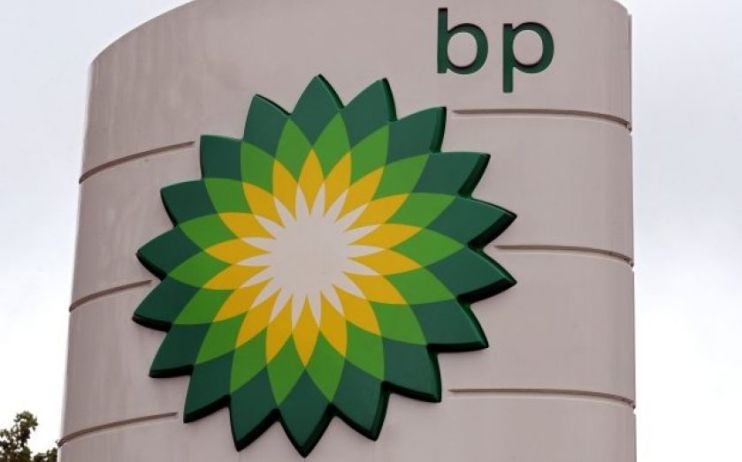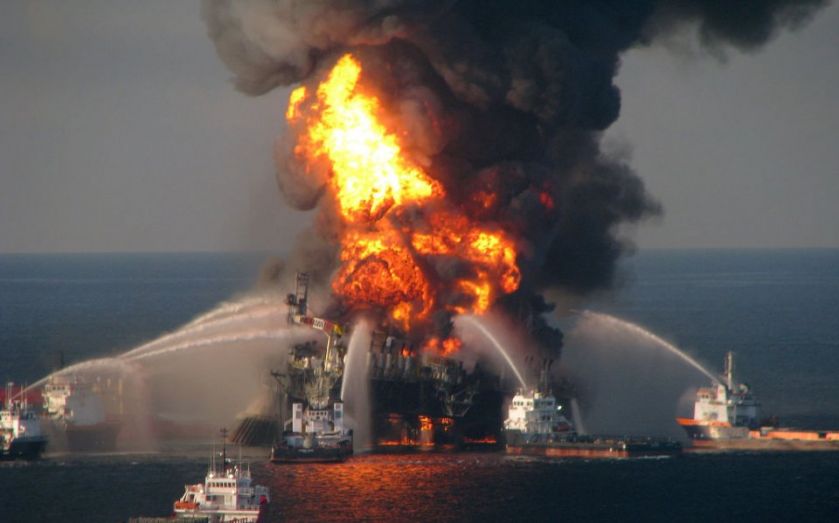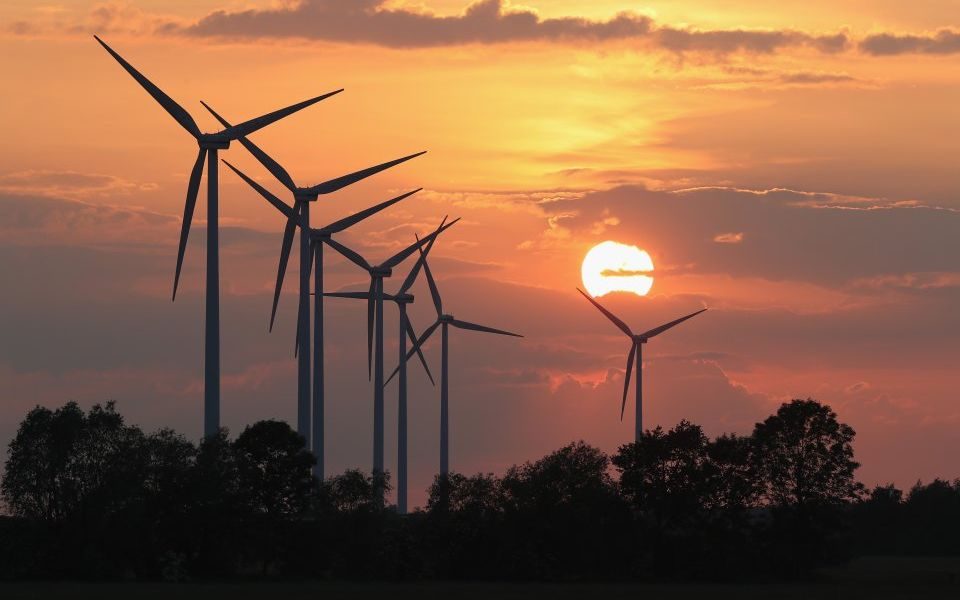Four things you need to know about BP’s results

BP released its third quarter update this morning and with the oil giant announcing a $749m (£581.3m) loss, it was not pretty reading for investors.
Fuelled by weaker oil prices and a hit from hurricanes, BP’s share price dropped nearly four per cent to 493p.
However, the company still beat analyst expectations despite its poor profit showing.
Analysts warned that while an end to the Gulf of Mexico oil spill payments is finally in sight, debt and weaker oil prices remain big challenges for BP’s new chief executive.
Read more: BP CEO Bob Dudley announces plans to retire
An end to Deepwater Horizon payouts could be in sight:

BP announced that it was setting aside $400m to deal with its historic Deepwater Horizon oil spill, raising hopes that the end was in sight for the long-running saga.
Payments soaked up a total of $3.2bn last year.
Nicholas Hyett, analyst at Hargreaves Lansdown, said that the process was now in wind down, but warned that claims keep materialising that are higher than are expected by the market.
He said that he expected payouts to decline over the next couple of years.
The level of debt is becoming a concern:
The results showed that BP’s net debt rose 21% to stand at $46.5 billion, which Richard Hunter, Head of Markets at interactive investor, described as an “uncomfortable metric” for the company.
Debt gearing reached 32% of the company’s market value, well above its target 20%-30% range.
Reducing this is BP’s most pressing challenge over the next year. Disposal of assets is likely to prove the easiest way to reduce this.
According to Hargreaves Landsdown, BP agreed to sell its Alaskan business to Hilcorp Energy during the quarter, taking total disposals announced so far this year to $7.2bn. BP expects to reach $10bn in disposals by the end of 2019.
Oil prices challenge renewables push:

Michael Hewson, CMC Markets chief analyst, said that although the results showed that there was no correlation between the oil price and BP’s share price, a consistently low oil price could curtail BP’s efforts to move into renewables.
“Shell and BP need to lead the transition to renewables, as they have the deep pockets and the ability to do so. However, their moves so far are a drop in the pond compared to their investments in fossil fuels,” he said.
“There is a limited amount of capital available for investment in renewables over the next five to ten years. Without output cuts it will be very difficult to generate revenue from current production to invest wholesale in renewables and get the returns that BP needs.”
There’s no need to panic:
Analysts were of the uniform opinion that although the situation was difficult, BP still has much to offer as an investment option. Hunter noted that while the low oil price would put an immediate strain on profit, the level – $62 – remains comfortably above the $55 per barrel number which BP uses as a yardstick to break even.
Meanwhile, Moody’s reiterated BP’s A1 credit rating. Sven Reinke, senior vice president, said that they expected around $10 billion of disposal proceeds in 2019-20 will strengthen the balance sheet.
Read more: Weak oil prices push BP to $750m loss
Hyett said that he expected it would take about five years for BP to deal with the costs and get their balance sheet back to a comfortable level.
Investors should not worry. After all, as Hunter says, BP’s strategy is “a marathon and not a sprint.”
Main image credit: Getty